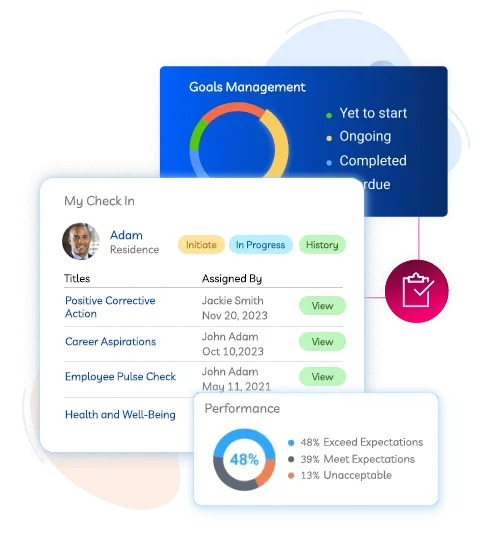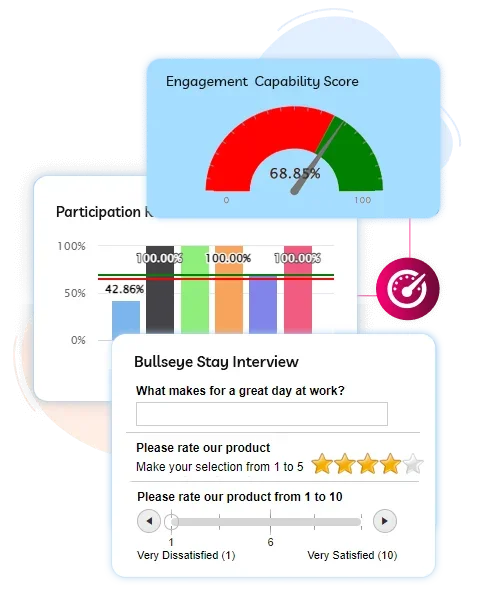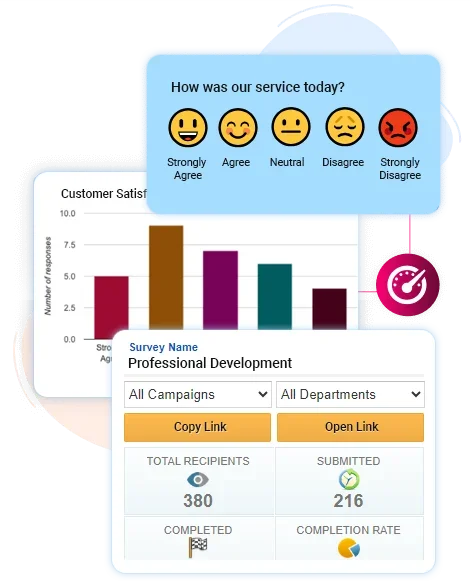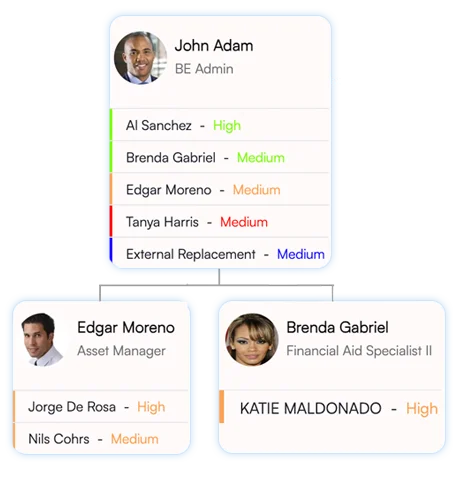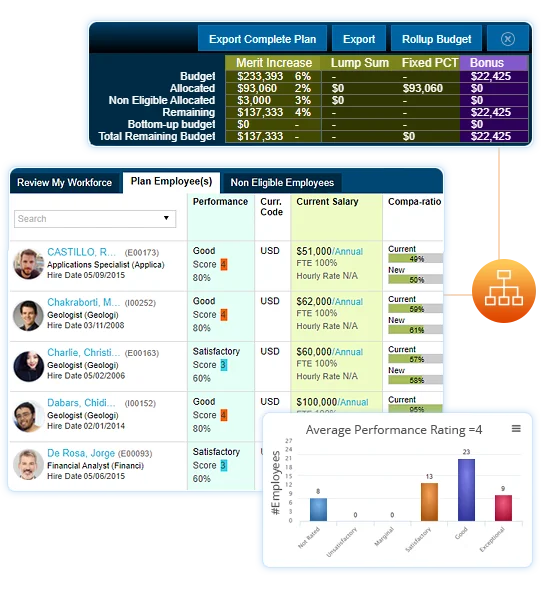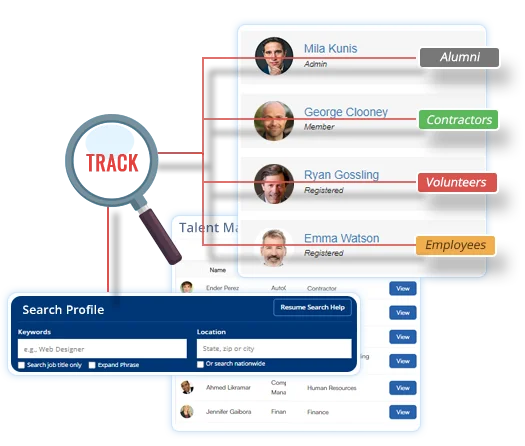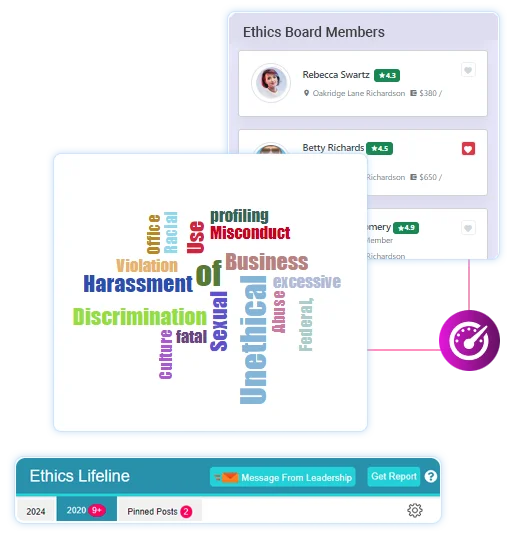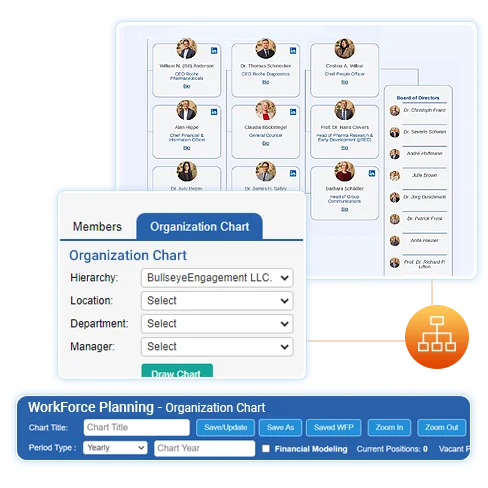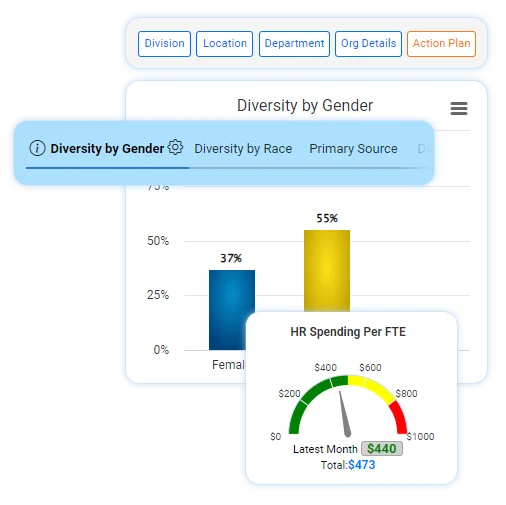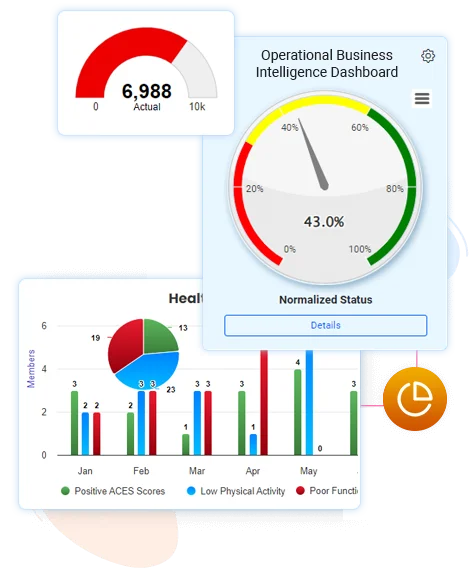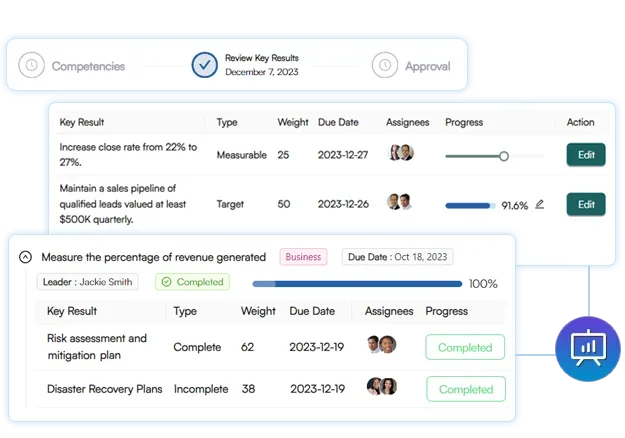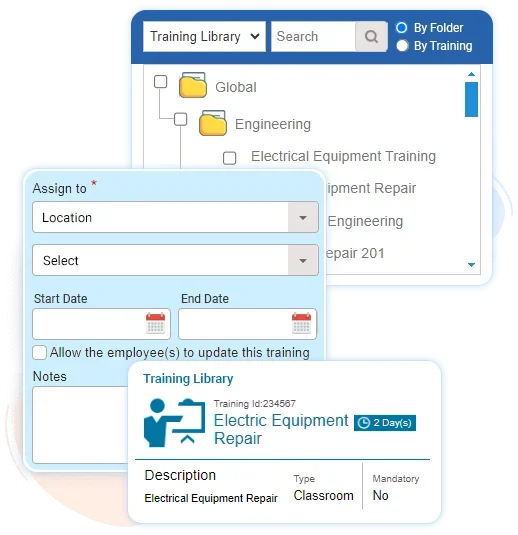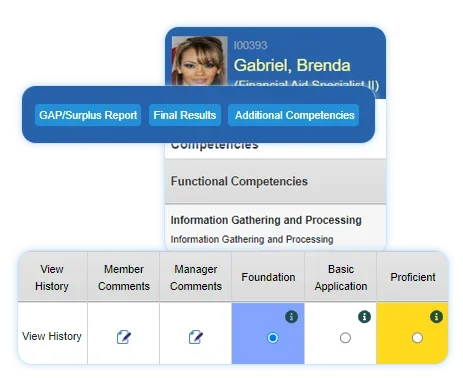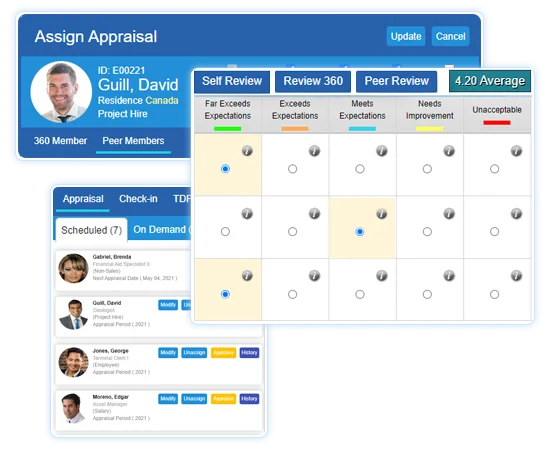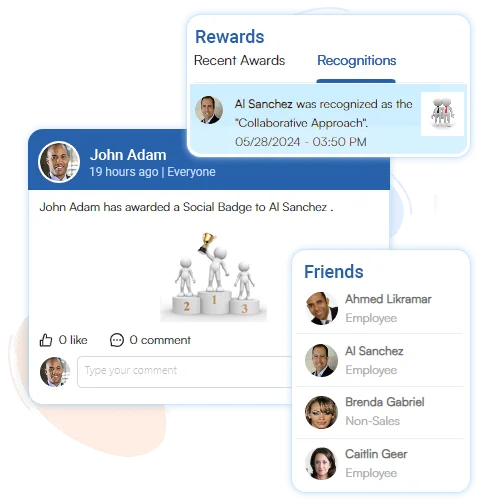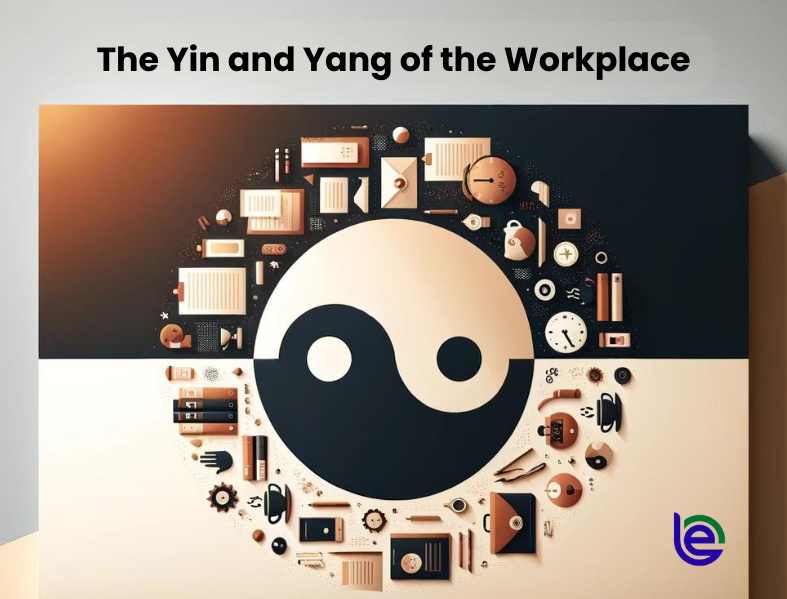The modern workplace is a complex ecosystem, influenced by an array of factors that can significantly sway employee satisfaction and efficiency. Delving deeper into the nuances of workplace dynamics reveals a clear dichotomy: the elements that employees hold dear versus those they fervently wish to avoid. Here’s an expanded exploration of the loves and hates within the workplace, offering insights for organizations striving to cultivate a more engaging and productive work environment.
What Employees Love:
1. Recognition and Personal Appreciation:
Nothing fuels motivation more than feeling appreciated. Employees cherish environments where their achievements are celebrated—whether through public acknowledgment, performance bonuses, or even a heartfelt note of thanks. This recognition affirms their value to the organization, fostering a deep sense of belonging and loyalty.
2. Growth and Development Opportunities:
A static career path is a demotivating prospect. Modern professionals seek dynamic workplaces that offer clear opportunities for advancement, continuous learning, and personal development. Mentorship programs, professional courses, and cross-departmental projects are just a few ways employers can invest in their employees’ futures.
3. Work-Life Harmony and Flexibility:
The quest for work-life balance has evolved into a desire for work-life harmony, where flexibility reigns supreme. Options like telecommuting, flexible schedules, and understanding for personal needs are not just perks—they’re essential components of a supportive workplace. This flexibility acknowledges the diverse responsibilities and passions employees have outside of work, contributing to their overall well-being and job satisfaction.
4. Leadership That Inspires and Supports:
Effective leadership transcends mere management. Employees are inspired by leaders who exhibit empathy, provide constructive feedback, and champion their team’s success. A leader’s ability to listen, guide, and support not only elevates individual performance but also fosters a culture of trust and respect throughout the organization.
5. An Inclusive and Collaborative Culture:
A positive workplace culture—one that celebrates diversity, encourages collaboration, and facilitates open communication—is incredibly fulfilling. In such environments, employees feel empowered to share ideas, challenge the status quo, and contribute to a collective vision. This sense of inclusion and teamwork is instrumental in building a cohesive and innovative workplace.
What Employees Hate:
1. The Frustration of Micromanagement:
Autonomy is a key driver of job satisfaction. Conversely, micromanagement—where employees feel constantly monitored and second-guessed—can stifle independence and innovation. Trusting employees to manage their responsibilities reflects a culture of respect and confidence in their abilities.
2. The Perils of Poor Communication:
A lack of clear communication can create a breeding ground for misunderstandings and frustration. Employees value transparency about company goals, role expectations, and feedback. Regular updates, open forums for discussion, and accessible leadership are critical for maintaining alignment and engagement.
3. The Dilemma of Inadequate Compensation:
Fair and competitive compensation is fundamental to recognizing an employee’s worth. Salaries that don’t reflect the market rate, the demands of the position, or the cost of living can lead to discontent and turnover. Regular salary reviews, performance-related bonuses, and benefits tailored to employee needs can help address this concern.
4. The Toxicity of Negative Workplace Dynamics:
A toxic work environment, characterized by negativity, office politics, or bullying, can be detrimental to employee morale and mental health. Cultivating a culture of respect, accountability, and support is essential for mitigating these dynamics. Implementing clear policies and providing avenues for reporting and addressing grievances are vital steps in fostering a healthy workplace.
5. The Burnout from Lack of Work-Life Balance:
Expectations of constant availability and prolonged work hours can lead to burnout and a decline in job performance. Encouraging regular breaks, respecting personal time, and promoting a culture that values productivity over presenteeism are ways organizations can support a healthier work-life dynamic.
By embracing the aspects that employees love and diligently addressing the factors they dislike, organizations can not only enhance employee satisfaction but also drive innovation, productivity, and retention. It’s about creating a work environment where employees don’t just exist but thrive, contributing to their fullest potential.
